
views
Doing the Technique
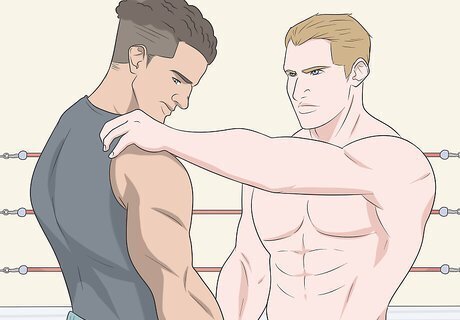
Face your opponent and grab their right shoulder with your left hand. Perform the tombstone face to face with your opponent and arm length apart. Get into the starting position by grabbing their right shoulder with your left hand. In a professional setting, the tombstone often starts with a kick or by throwing your opponent against the ropes. Do not try these yet. Just get the basics of the move down first. If you’re left-handed, reverse these instructions. Some piledrivers are performed with the opponent facing away from you, but this wouldn't be a tombstone piledriver.
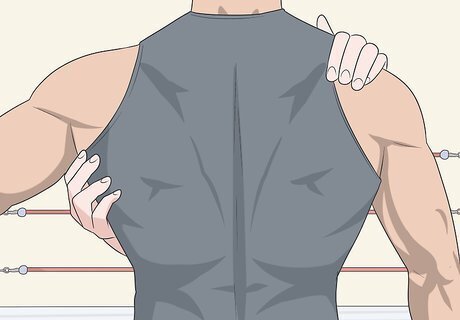
Tuck your right hand under their left arm. Continue holding your opponent's shoulder. Then lift their left arm and tuck your right hand underneath it. Place your hand on their upper arm, just above the armpit.
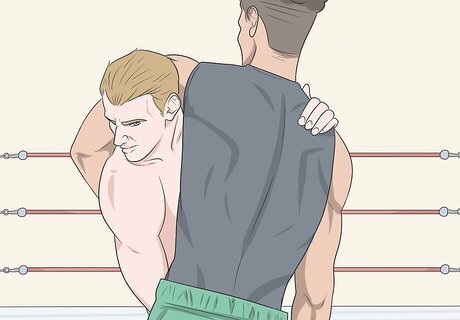
Toss their left arm onto your left shoulder. Lift their arm and bring it towards your left side. Tuck your head down under their arm. Then rest the arm on your left shoulder. Keep holding their right shoulder with your left hand while you flip their other arm.

Grab the inside of their left thigh with your right hand. While keeping their arm over your shoulder and your left hand on their shoulder, reach down with your right hand. Grab the inside of the opponent’s thigh a few inches down from their groin. You may have to bend down a bit to reach their leg, depending on how tall you both are. If you do have to bend, lower your body with your legs by bending your knees. Bending over from your hips stresses your back too much.

Flip the opponent over your right shoulder. Get a firm grip on the opponent’s leg and shoulder. Then flip them by swinging their legs to your right and rotating them 180 degrees. Point their legs straight up in the air. Both people need to work together at this part especially. The opponent has to jump while you lift. Otherwise you could seriously injure your back trying to lift that much weight.

Rest your opponent on your shoulder by their hips. Stand up straight so your body is in a good position to support your opponent's weight. Then rest them on your shoulder by folding their hips over your shoulder. Don't slouch or bend, or you risk injuring your back. Remember that your opponent has to help you here. They shouldn't be dead weight. Make sure they hold onto you and point their legs up to help you support their weight.
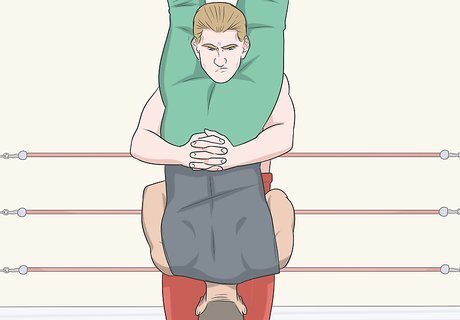
Hold your opponent around their midsection. Once you're supporting your opponent's weight, quickly wrap your arms just below their chest. Make sure you have a firm grip and the opponent’s weight won’t shift when you execute the move. For the firmest grip, lock your hands together behind the opponent’s back rather than trying to grab your opponent directly. At the same time, your opponent should wrap their arms around you as well. This holds them in place during the move.
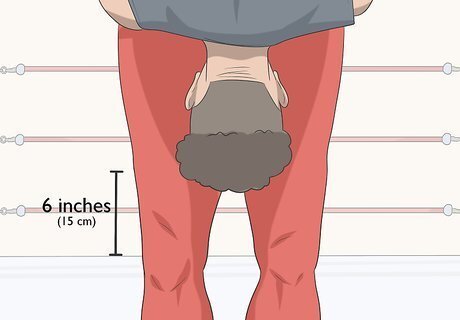
Align their head 6 inches (15 cm) above your knees. This is the key part of the tombstone. It looks like you’re slamming their head into the mat, but in reality, only your knees hit the mat. Hold your partner so the top of their head is 6 inches (15 cm) from your knees. This leaves plenty of room so their head won’t hit the ground. Communicate with your partner during this part. Let them tell you if their head is too low. As you get more experienced, you can hold them closer to your knees to make the move look more realistic. But when you’re starting, keep their head a good distance from your knees. At this point, abort the move if your partner’s head is too low. Put them down and redo the setup. Never try the move while your partner’s head is too low or you could break their neck.
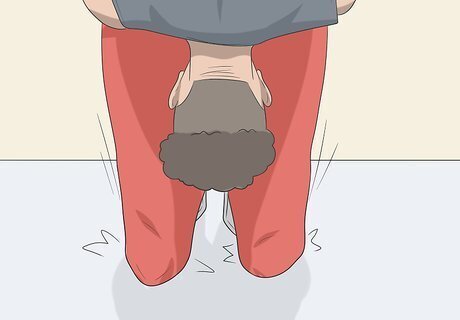
Drop your knees to the ground. Hold onto your partner firmly and make sure they’re doing the same. Then drop your knees to the ground so they slam the mat with a loud “thud.” Don’t drop your arms at all. Keep your opponent’s head above your knees through the whole movement. Some wrestlers add a slight jump before they drop their knees to amplify the sound and drama. Add that later on when you’re more experienced. Don’t try to jump while you’re a beginner. Wear kneepads to avoid bruising your knees while you practice.

Open your arms and let the person roll away from you. Once your knees make impact, let your partner go. Open your arms and let them roll away from you. If they roll backwards properly, their back and feet will hit the mat as they drop. This completes the move. Check with your partner to make sure they’re okay after finishing the move. In a match or show, you can follow up the piledriver with a pin. Make sure your partner is okay before doing any further moves.
Staying Safe
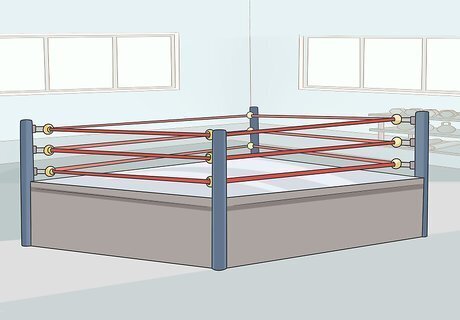
Work in a real wrestling ring. These rings are designed with padding to absorb these kinds of moves and keep the wrestlers safe. Don’t wrestle on grass, a mat, or similarly padded surface. Only work in wrestling rings for safety. Backyard wrestling rings are available for purchase. Search online for a regulation ring. Some gyms may also have wrestling rings, if you don’t want to buy one. Check for any gyms like this near you. Although they look similar, wrestling and boxing rings aren’t the same. Boxing rings don’t have the same type of padding that wrestling rings do, so you could get hurt working in a boxing ring.
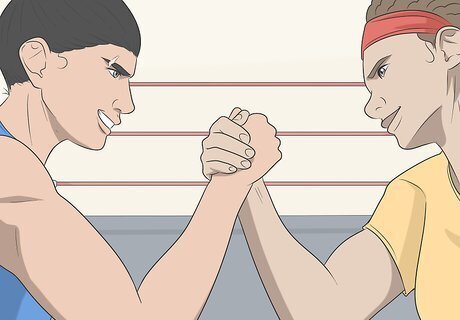
Perform this move on an experienced wrestler only. While it may not look like it, the tombstone requires both participants to know what they’re doing. The other person needs to know where to grab you, how tightly to hold on, and how to roll away when the move is done. It’s not something that amateurs can do safely. Always work with a partner who knows how the move is performed and who has the strength to hold you properly. An experienced wrestler can also tell you if you’re doing the move wrong. If your partner says at any point for you to stop the move, then stop immediately. Ideally, work with someone who is regularly your wrestling partner. The more experience you have with each other, the safer the move is.

Avoid doing this move on someone larger than you. If your opponent is heavier than you, this move will be very difficult. You may not be able to support their weight on your shoulder. Even worse, they could shift downward during the move and hit the mat. Avoid accidents by performing the move on someone roughly your size or smaller. If you can legitimately lift several times your bodyweight, then you may attempt the move on someone heavier than you are. But this is the only circumstance that you should attempt the move on someone larger.
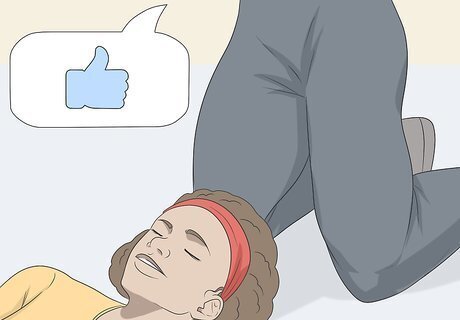
Confirm that the other person is okay immediately after the move. Never perform any more moves on the person until you’re sure they’re okay. Stop what you’re doing and ask. If they indicate at all that they’re hurt, or if they don’t answer, stop wrestling immediately and get help. If you’re in a competitive match or show and don’t want to stop the action, develop a signal system with your partner. For example, they could squeeze your hand after they hit the ground to indicate that they’re okay.


















Comments
0 comment